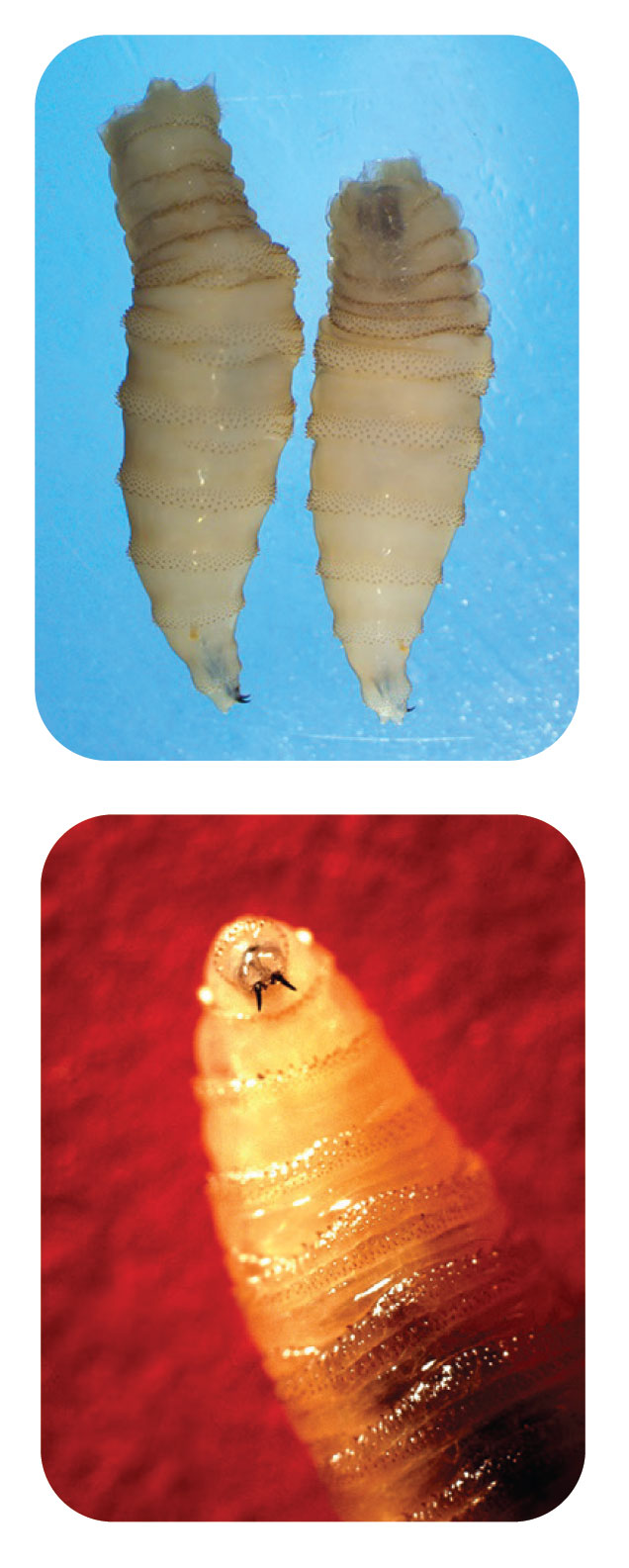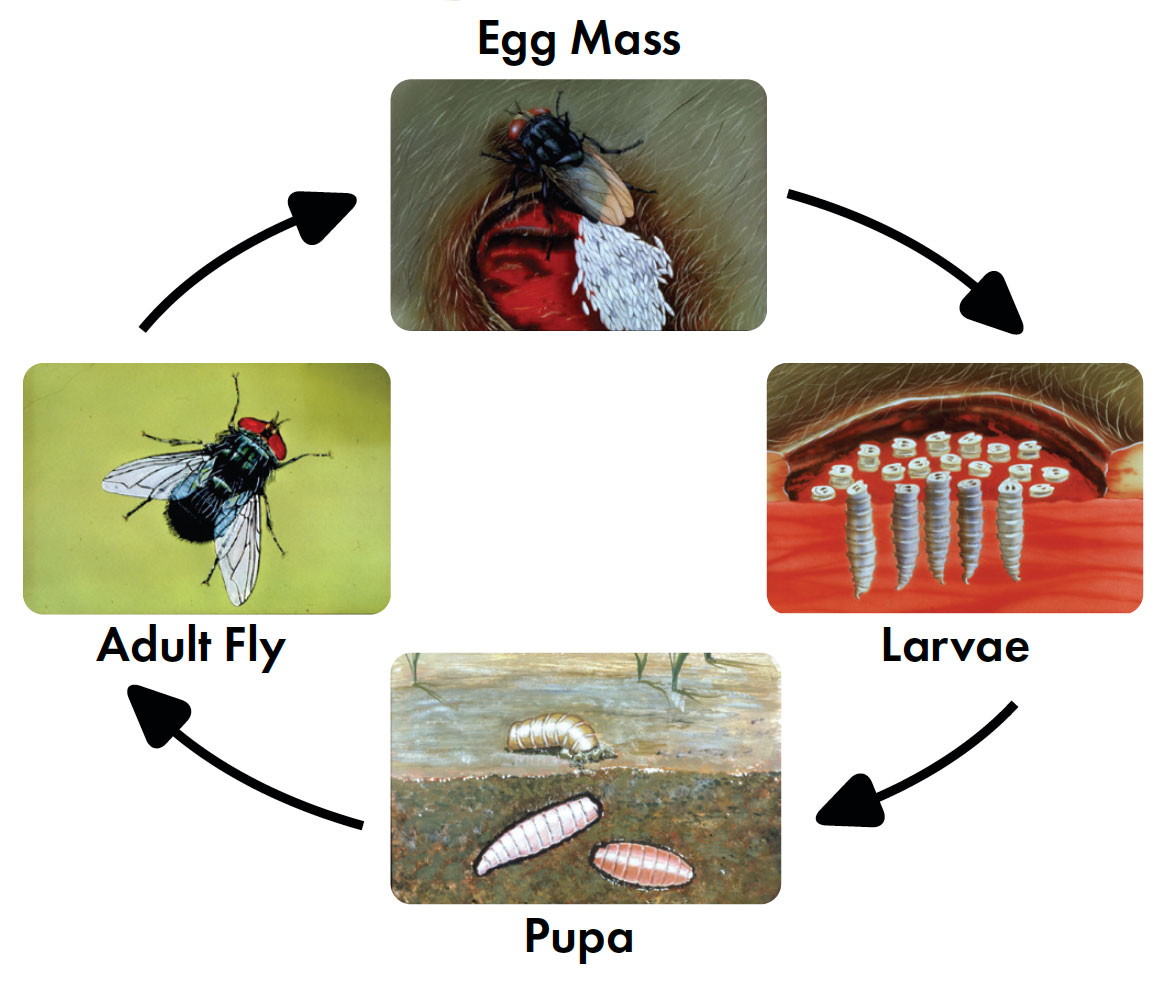
Disease Prevention
The Office of the State Veterinarian is committed to protecting the health and well-being of Kentucky’s livestock and poultry. Through disease monitoring, prevention programs, and rapid response efforts, we work to safeguard animal populations, support producers, and maintain public confidence in the state’s agricultural industry.
Our Disease Prevention initiatives help prevent the spread of infectious diseases, ensure the safety of food production, and promote best practices in animal care. We collaborate with veterinarians, farmers, and industry partners to provide guidance, resources, and regulatory oversight across the Commonwealth.
While this is not an urgent issue, we would like to place on your radar that the Newworld Screwworm is within 70 miles from the Texas border. Please view for more updates.
WHAT IS New World Screwworm?
New World screwworm (NWS) parasitic infection is a serious disease that can affect livestock, pets, wildlife, and in rare cases, people.
It is a painful condition in which the larvae (maggots) of the NWS fly burrow into the flesh of a living animal. The burrowing feeding nature of the larvae is how the fly got its name. This causes serious, often deadly damage to the animal, and a severe economic impact from those losses, trade embargoes, and eradication work.

QUICK FACTS
- An adult fly is about the size of a common housefly, with metallic blue, bluish purple, or green body and large reddish color eyes.
- Female NWS flies lay egg masses that develop into tissue-eating larvae.
- Although eradicated from the U.S. in 1966, it is spreading north from South America, including cases in Central America and Mexico.
- March 2025 the U.S. border closed to live animal imports from Mexico.
WHO’S AT RISK?
- Pets, livestock, wildlife and humans with exposed wounds
- Female livestock genitalia
- Navel of newborn livestock
HOW TO SPOT
- Maggots in wounds or other body openings, such as nose, ears, genitalia, or the navel of newborn animals
- Wounds with bloody discharge and foul odor
- Egg masses near or in the wound
- Wounds that become deeper or larger
- Animals showing signs of pain, such as depression, irritability, not eating, or isolation
LIFE CYCLE

-
EGG MASS
- Adult NWS flies lay egg masses near fresh wounds
- Each mass contains 100–300 eggs that hatch rapidly into larvae LARVAE
- Larvae feed on live tissue for up to 7 days, causing severe damage
- At the end of this stage, they exit the wound and drop to the ground PUPA
- Larvae burrow into the soil and form pupae
- Pupae may emerge as adults or remain dormant in the soil ADULT NWS FLY
- Adults are metallic in color with large reddish eyes, similar in size to houseflies
- They live about two weeks and can lay multiple egg masses during that time
Additional Links
-
Foreign Animal Disease Investigation Guide:
- New World Screwworm

